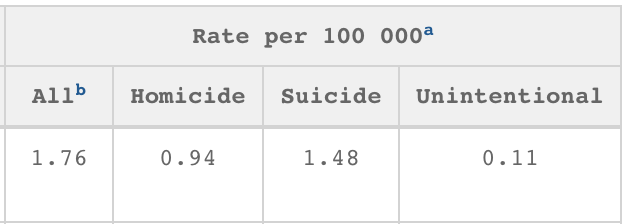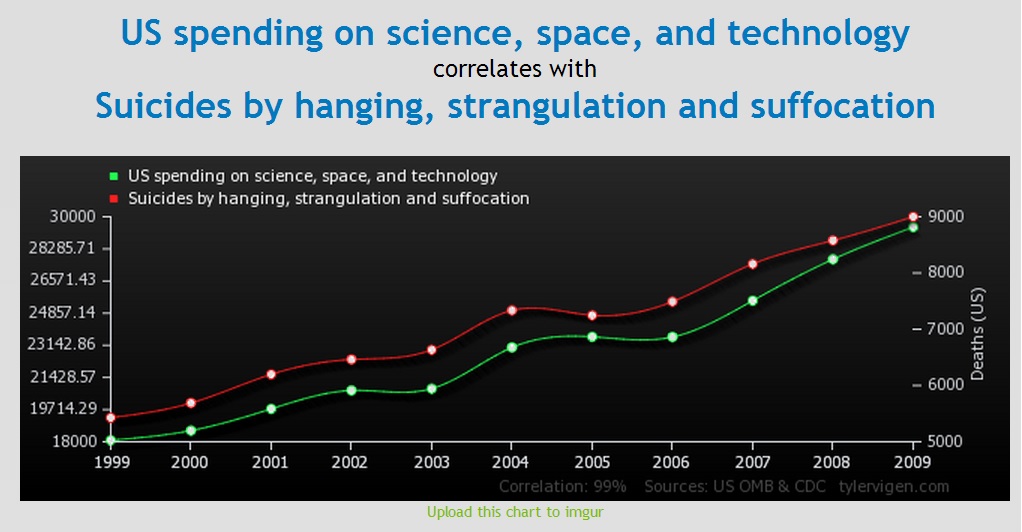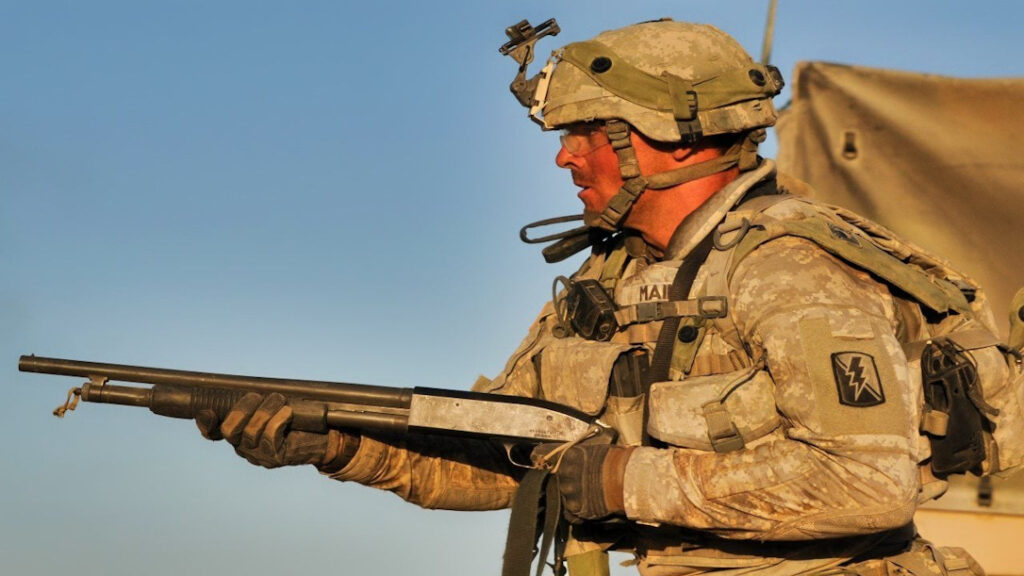Do gun safety laws decrease child deaths?
Children in states with strict gun laws less likely to die, study says
Correlation. Does. Not. Equal. Causation.
A study released on Monday has led to a flurry of headlines stating the latest study of gun control has found that states with Universal Background Check laws (UBC’s) had lower child mortality rates due to firearms. Most of those headlines read like the second one above, if not even more emphatically linking the mortality rate to UBC’s
But the first headline, from PBS, is the most accurate inquiry into the data. In the first paragraph they answer that question.
Advertisement — Continue Reading Below
There may be a connection between tougher gun laws and fewer child fatalities from firearms, a new study suggested Monday. The study, published in the journal Pediatrics, says states with universal background checks report fewer children’s deaths due to gun incidents. However, more data is needed to understand the relationship between firearms and public health, and to conclude whether such laws save lives, the study maintains. [emphasis mine]
They don’t know. But they don’t want to say that. Not too loudly at least.
They found a correlative link but do not have causative break downs. Anyone inside statistical analysis will tell you highlighting a single input, like UBC’s, and then projecting them as the assumed causative (as the headlines do) is simple lying with statistics.
Advertisement — Continue Reading Below
Reading into the various pieces further they are very careful with their language. They are attempting every possible linguistic method to keep UBC’s as the assumed causative because it was the correlative they found to push the narrative.
According to the study, 21,241 children died due to firearm use between 2011 and 2015, based on federal data from the Centers for Disease Control and Prevention. That produces a firearm-related fatality rate of 4.65 per 100,000 U.S. children. -PBS
The key terms are children and died. “Died” will include suicides, homicides, and accidents, all of which have very different causative circumstances but ending in the same result. The study generalized all of these factors to try and forward the idea that a UBC is the common solution in the reduced rate of mortality. Precisely how, or even a blind shot in the dark as to a reason, a UBC would influence suicide or accident rates is not expressed.
Advertisement — Continue Reading Below
Among states with universal background checks, Goyal said the study suggests a 35-percent drop in child firearm fatality rates compared to states without those laws.
Suggests. Another careful word choice that doesn’t tie them into verifying the causative relations to their premise. The publishers want you to believe this is why (the UBC’s) it works without deep delving into the how or why that could possibly be the case.
Also their numbers seem to include a very interesting extension of “children”…
Advertisement — Continue Reading Below
The study also grouped in young people between the ages of 18 and 21 into its accounting of child fatalities, which critics say painted a disingenuous picture for a study focused on child deaths.
Considering these “children” can vote, smoke, drink (21), and enlist for war, yeah I’d go with pretty disingenuous. My 21st birthday was after the start of my 4th year of service…
Children evokes an emotive response in us. It’s supposed too, we are wired to defend our offspring on a macro level. So using the term children in the headlines is to evoke that image of a child, 0-12 years of age. But including teens and young adults, who are developmentally and functionally at or near an autonomous adult level, are used too heavily pad the number.
Advertisement — Continue Reading Below
What would the rate look like if we take the 18-21 year old “children” out?

By excluding the legal adult, voting age, military age male and female portion of the study the mortality rate drops to only 37.8% of what the study claims. From 4.65 to only 1.76 per 100,000. By including the young adults the study is able to nearly triple their mortality rate.
Advertisement — Continue Reading Below
I’m not saying these deaths aren’t of note. They are. What I am saying is that equating these deaths to that of a 6 year old is back to using statistics to lie.
What about actual children? Excluding both teens and young adults? What is the danger to the truly and fully dependant age ranges?

Advertisement — Continue Reading Below
Less than 1/10th of the deaths are children. Over 90% of the 21,241 are over the age of 12. Over 60% are over the age of 18!
So why isn’t this study correlating that UBC’s have a 35% reductive effect on firearms deaths among young adults? Why use the term children?
Simple. Dead children evoke an emotive response. But when placed in perspective things change.
Advertisement — Continue Reading Below
CDC Childhood Injury Report: Patterns of Unintentional Injuries among 0-19 year olds in the United States, 2000-2006.
Drowning rates varied by age group with the highest rates among children 1-4 years of age at 3.0 per 100,000; among this group, drowning represented 27% of all unintentional injury deaths.
The unintentional drowning rate is six times higher for children age 1-4 than all firearm related deaths of children age 0-12. Granted these are different studies, different year ranges, and only some overlapping age ranges not direct data point to data point.
The point, however, is that when we break down the data into useable pieces the headline presumption completely falls apart. The headlines are deliberately shaping a correlation causation relationship that has no substantiation and is, in point of practical analysis, a farce.
The conclusion the study wanted was that a gun control measure, UBC’s in the case, reduced gun deaths. What they produced was a piece of misconstrued data to fit their message, and evoked the emotive “dead children” card.
When we break down the data we can draw some conclusions.
- Crime among young adult, especially male, results in the majority of homicide gun deaths
- Suicide among young adults is also a massive contributing factor to gun deaths
- Young adults are the majority contributor to all of these stat blocks
The UBC might have a peripheral influence on criminal homicide and suicide deaths with a number of attached suppositions.
Supposition A. That a transfer that was blocked was the only method for the person committing suicide or committing homicide to get the weapon.
Supposition B. That the firearm was the only method that person had considered to complete the action of suicide or homicide and that they will not commit otherwise by any other method.
Supposition C. The person looking to commit suicide or homicide is unwilling to break the UBC law.
Supposition D. The person looking to commit the suicide or homicide is already properly flagged by background as prohibited.
Conclusions
Well… conclusion, singular. This is just another massaged set of data where they’ve shucked away the useable bits and burned the credibility for the sake of promoting a message. *le sigh* Correlation AND causation folks… they matter. They really do if you genuinely want to improve on these problems.















